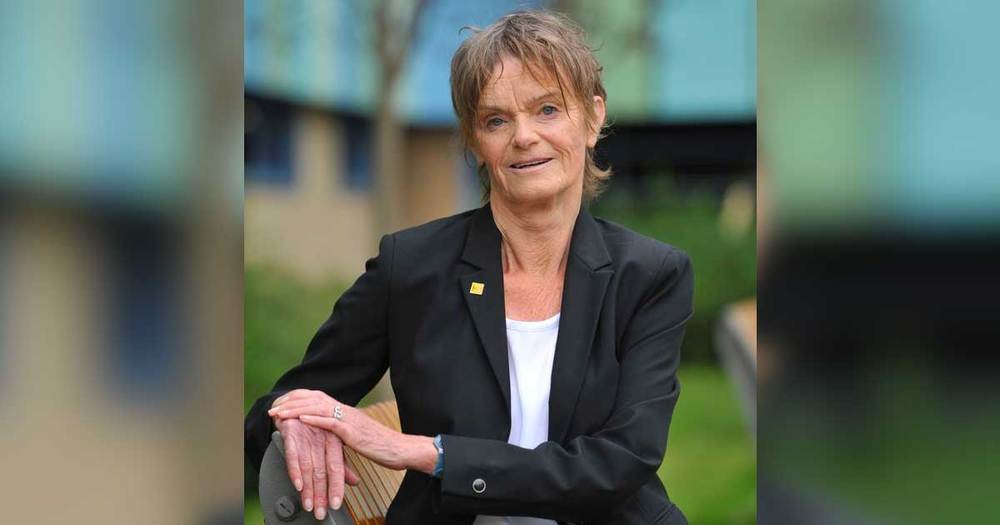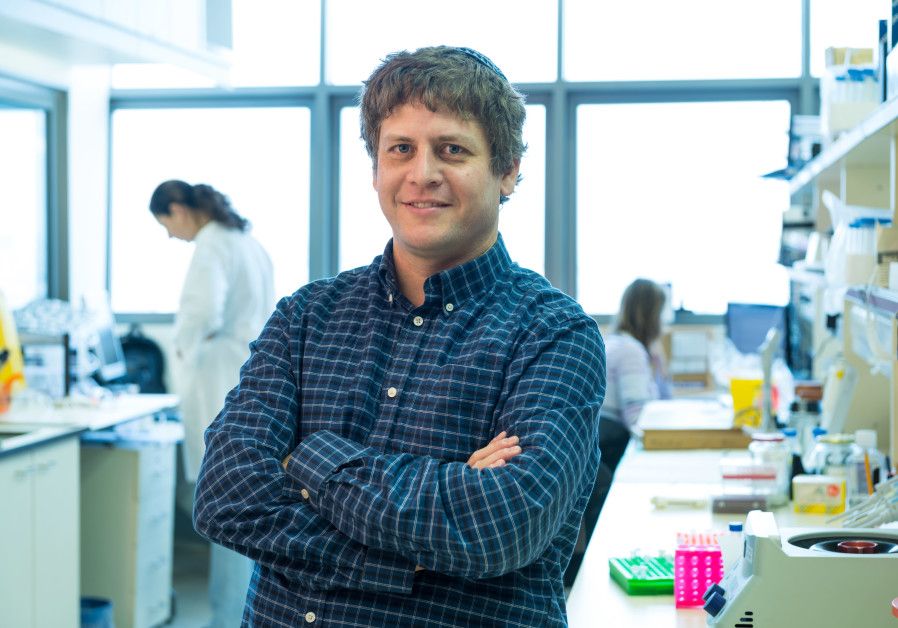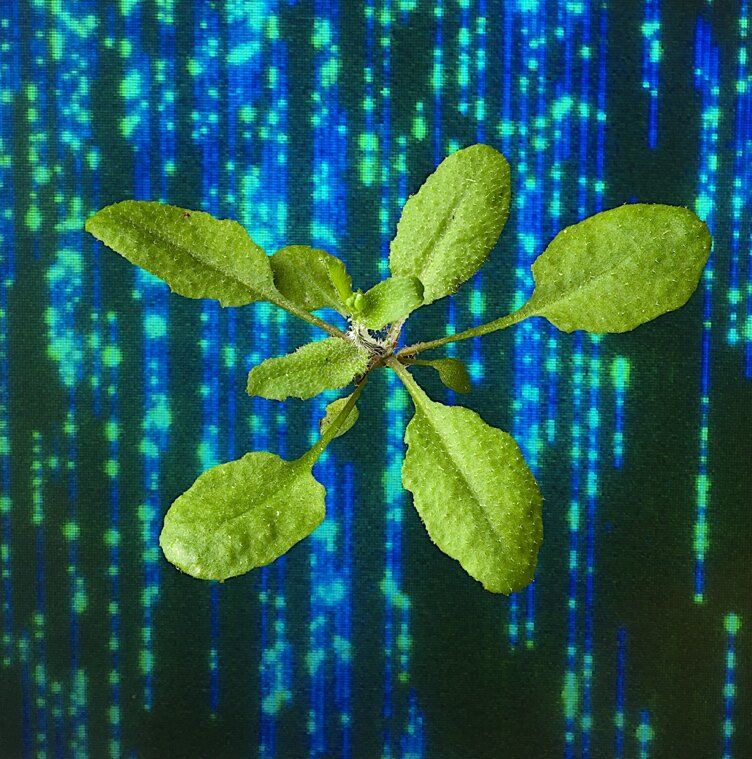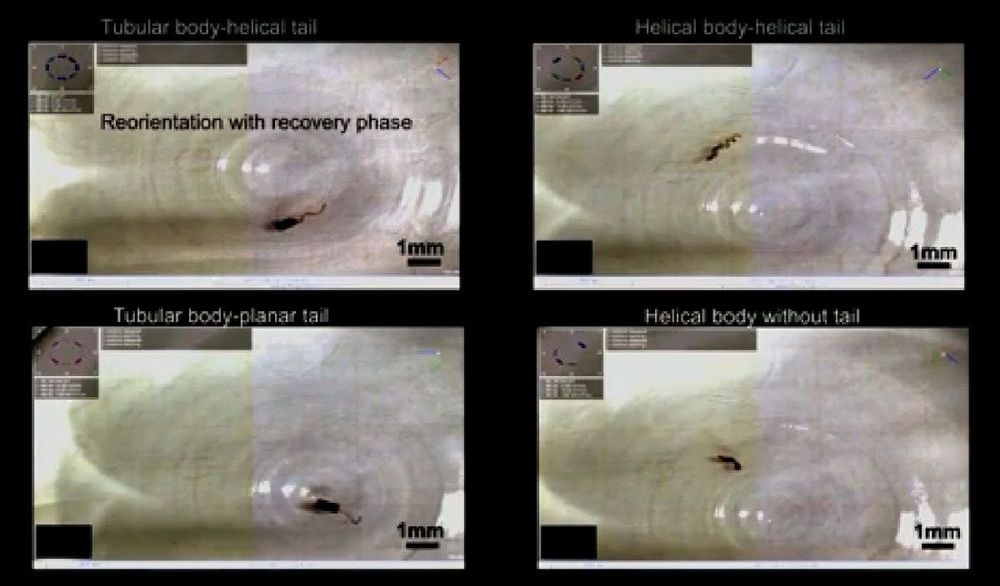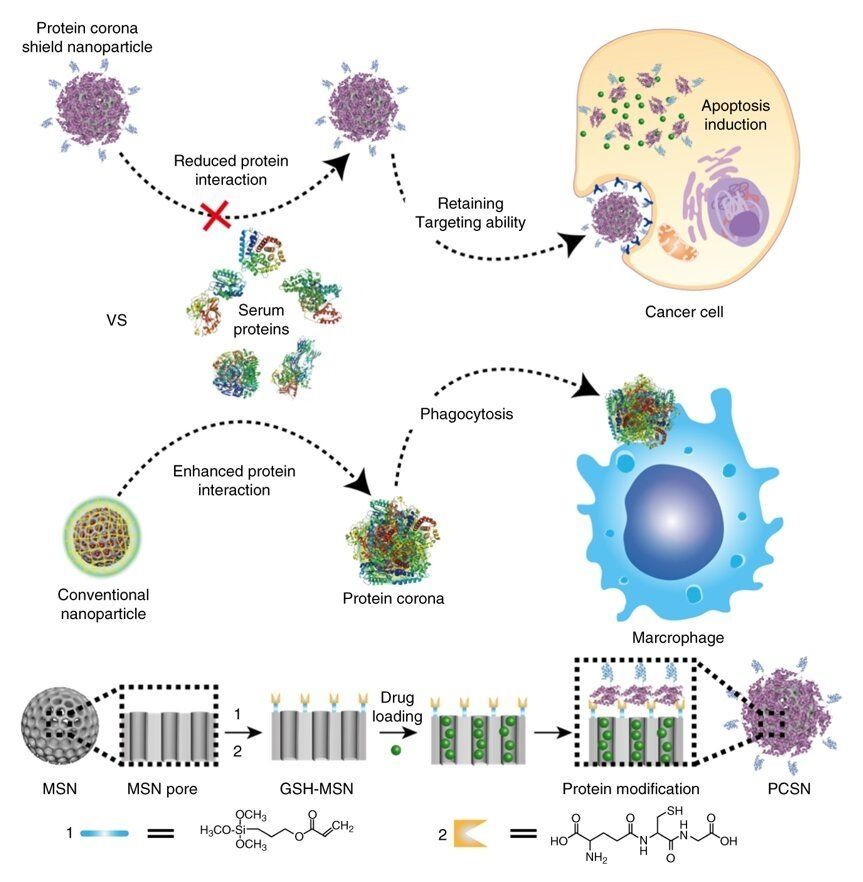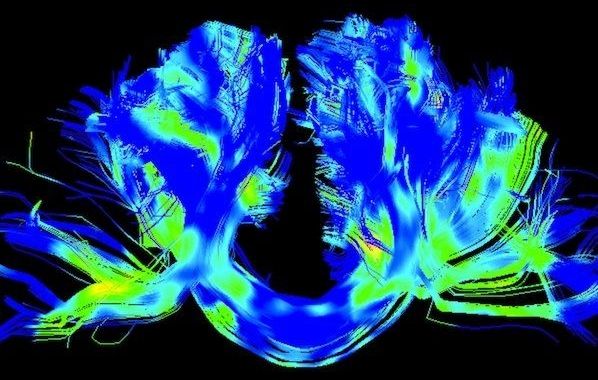The study, published Friday in JAMA Network Open, looked county by county across the United States between 2013 and 2015. It found that where pharmaceutical companies spent more on meals, travel and speaking fees for doctors, there were more opioid prescriptions — and more fatal overdoses.
Question To what extent is pharmaceutical industry marketing of opioids to physicians associated with subsequent mortality from prescription opioid overdoses?
Findings In this population-based, cross-sectional study, $39.7 million in opioid marketing was targeted to 67 507 physicians across 2208 US counties between August 1, 2013, and December 31, 2015. Increased county-level opioid marketing was associated with elevated overdose mortality 1 year later, an association mediated by opioid prescribing rates; per capita, the number of marketing interactions with physicians demonstrated a stronger association with mortality than the dollar value of marketing.
Meaning The potential role of pharmaceutical industry marketing in contributing to opioid prescribing and mortality from overdoses merits ongoing examination.
